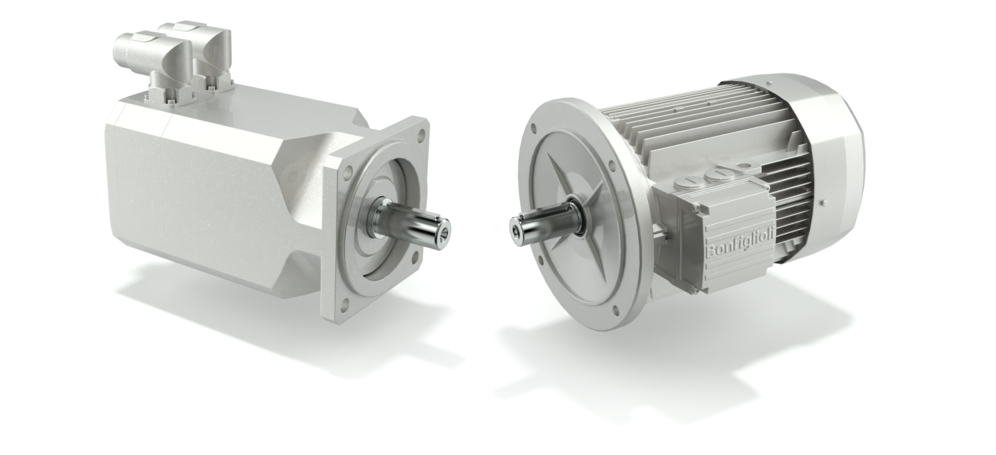Asynchronous motors and synchronous motors are two common types of electric motors that are widely used in industrial and commercial applications. Although they are all devices used to convert electrical energy into mechanical energy, they are very different in terms of working principles, structures and applications. The difference between asynchronous motors and synchronous motors will be introduced in detail below.

1. Working principle:
The working principle of an asynchronous motor is based on the working principle of an induction motor. When the rotor of an asynchronous motor is affected by a rotating magnetic field, an induced current is generated in the induction motor, which generates torque, causing the rotor to start rotating. This induced current is caused by the relative motion between the rotor and the rotating magnetic field. Therefore, the rotor speed of an asynchronous motor will always be slightly lower than the speed of the rotating magnetic field, which is why it is called an “asynchronous” motor.
The working principle of synchronous motor is based on the working principle of synchronous motor. The rotor speed of a synchronous motor is exactly synchronized with the speed of the rotating magnetic field, hence the name “synchronous” motor. Synchronous motors generate a rotating magnetic field through alternating current synchronized with an external power supply, so that the rotor can also rotate synchronously. Synchronous motors usually require external devices to keep the rotor synchronized with the rotating magnetic field, such as field currents or permanent magnets.
2. Structural features:
The structure of an asynchronous motor is relatively simple and usually consists of a stator and a rotor. There are three windings on the stator that are electrically displaced by 120 degrees from each other to generate a rotating magnetic field through alternating current. On the rotor is usually a simple copper conductor structure that induces a rotating magnetic field and produces torque.
The structure of synchronous motor is relatively complex, usually including stator, rotor and excitation system. The excitation system can be a DC power source or a permanent magnet, used to generate a rotating magnetic field. There are also usually windings on the rotor to receive the magnetic field generated by the excitation system and generate torque.
3. Speed characteristics:
Since the rotor speed of an asynchronous motor is always slightly lower than the speed of the rotating magnetic field, its speed changes with the size of the load. Under rated load, its speed will be slightly lower than the rated speed.
The rotor speed of a synchronous motor is completely synchronized with the speed of the rotating magnetic field, so its speed is constant and is not affected by the load size. This gives synchronous motors an advantage in applications where precise speed control is required.
4. Control method:
Since the speed of an asynchronous motor is affected by the load, additional control equipment is usually required to achieve precise speed control. Common control methods include frequency conversion speed regulation and soft start.
Synchronous motors have a constant speed, so control is relatively simple. Speed control can be achieved by adjusting the excitation current or the magnetic field strength of the permanent magnet.
5. Application areas:
Due to its simple structure, low cost, and suitability for high-power and high-torque applications, asynchronous motors are widely used in industrial fields, such as wind power generation, pumps, fans, etc.
Due to its constant speed and strong precise control capabilities, synchronous motors are suitable for applications that require precise speed control, such as generators, compressors, conveyor belts, etc. in power systems.
In general, asynchronous motors and synchronous motors have obvious differences in their working principles, structural characteristics, speed characteristics, control methods and application fields. Understanding these differences can help in selecting the appropriate motor type to meet specific engineering needs.
Writer: Sharon
Post time: May-16-2024

